It's Such a Beautiful Day
Written by: Don Hertzfeldt
Released in: 2012
IMDB Page
I always drew little scenes of stickmen interaction in my notebook’s margins during the more boring classes of my middle school career, so seeing Don Hertzfeldt take what was a fairly easy way to distract myself from learning anything and build an extraordinarily compelling story of existentialism and acceptance from it was pretty amazing on my first watch. The second time I saw it, I noticed how many different ways he was able to take the simple animation and include a small new aspect that would form the scene to come: blues and reds setting the mood for a melancholic or uplifting moment, pinpricks of light gliding over a sleeping head, burning film strips tightening the frame’s grip on a cowering figure. The film is a feature length version of Hertzfeldt’s last three shorts, each of which he shot with a 35mm camera and through clever trickery inserted all these extra elements. Every section is by turns introspective, witty, and saddening, and it’s the meeting of the three that makes everything work so well; the film’s questions aren’t thrown at us but spread through the often intersecting humor and hopelessness of a simple line drawing, with moments spent examining both the ridiculousness and fragility of his existence.
Mary and Max
Written by: Adam Elliot
Released in: 2009
IMDB Page
Done in the claymation style of the Aardman classic Wallace and Gromit (and this year’s awesome Shaun the Sheep) known for it’s grueling production time, Mary and Max is the story of two pen pals drawn together by chance: one an 8 year old Australian girl from a suburban family, the other an obese 44 year old New Yorker living alone with his mental health issues. Neither of them seem to be able to find a place in the world, and as their respective social and mental problems grow, their letters becomes the only way they can express themselves. The heart of the film lies in this correspondence and the relationship that builds from it, but it isn’t some unrealistic perfect escape from their dreary lives: they get angry with each other, their words become filled with spite, and their exchanges dry up. The quality of the film lies in how much it makes us want them to find happiness and remain friends. It does get very heavy and depressing, especially coming up to the finale, but that’s what makes it a great example of the emotions claymation is able to convey when it’s not being used for more lighthearted stories.
Redline
Written by: Katsuhito Ishii, Yoji Enokido, Yoshiki Sakurai
Released in: 2009
IMDB Page
Seeing contemporary animated films awkwardly incorporate CGI into their story due to budget and time constraints is always disappointing. The magical quality of hand animation, that ability to create a sense of movement which appears hyper-real, gets muddled by glossy polygons and jerky models. Redline is lucky enough to escape these failings thanks to its unique position of having a seven year development period which gave the film’s studio, Madhouse, the space needed to fully achieve its vision of a high speed alien-globetrotting race. The cars move so smoothly that it’s easy to miss how good the characters look: they’re constantly expressive, and the smallest details of their conversations are full of motion. While the story of a disgraced driver set on finally winning the glory he always falls short of is simple and nothing new, it’s only there to lay the tracks for the roller coaster of a film speeding over it. As our boy JP’s pompadour stretches further in front of him with each hit of boost jammed into the engine, we’re eager to find out the same thing he is: how much faster can we go?
A Scanner Darkly
Written by: Richard Linklater, Phillip K. Dick
Released in: 2006
IMDB Page
Made with the rotoscoping technique that recalls graphic novels and cel shaded art, Richard Linklater’s take on the Phillip K. Dick novel of the same name looks at how a widespread drug addiction would be perceived through the eyes of an undercover cop inching closer to solely becoming a user. Linklater already had experience using rotoscoping for his film Waking Life, with the style’s incorporation there aiming to create a dreamy aura for the main character to wander through. Here it adds another level to the surreal mood made up of drug trips, hallucinations, and swirling body projections. It’s definitely the hardest visual style to get used to on this list, since you’re able to recognize Robert Downey Jr., Woody Harrelson, and Keanu Reeves even as they’re hidden behind shifting paintings, creating an initial disconnect that might prevent you from connecting with their characters at all. Once you attune yourself to the film’s bizarre wavelength, though, the crisp dialogue and compelling acting from Reeves will keep you held there for what becomes a beautiful story, not just visually but in it’s final message as well.
The Secret of Kells
Written by: Tomm Moore, Fabrice Ziolkowski
Released in: 2009
IMDB Page
A beautiful interpretation of Irish folklore told with the aesthetic of a child’s storybook, the kaleidoscopic geometry of The Secret of Kells makes its flat planes of chilled stone and bright forest ground feel like a return to the ideals of traditional animation while embracing contemporary stylings. Brendan, a young boy living at the remote monastery of Kells, is enthralled by the tales he hears of an unfinished book whose completion will bring peace and understanding to the troubled world of Vikings his people hide from. When it’s creator brings the fabled book to the abbey and asks Brendan to find him a few berries from the surrounding forest to be made into ink, the breathtaking flurry of colors and shapes morphing into trees, flowers, and animals that soon rush past him evoke the young wonder felt when turning a page to discover the next meticulously detailed picture. The film’s historical influence provides another compelling layer to it’s story, with the bewitching spirit Brendan encounters in the forest coming from Celtic mythology and the all important book actually having existed as a Latin manuscript of the New Testament. Combine that with it’s great vocal cast and a nice short running length, and you get another transfixing animation from a year that was rife with them.
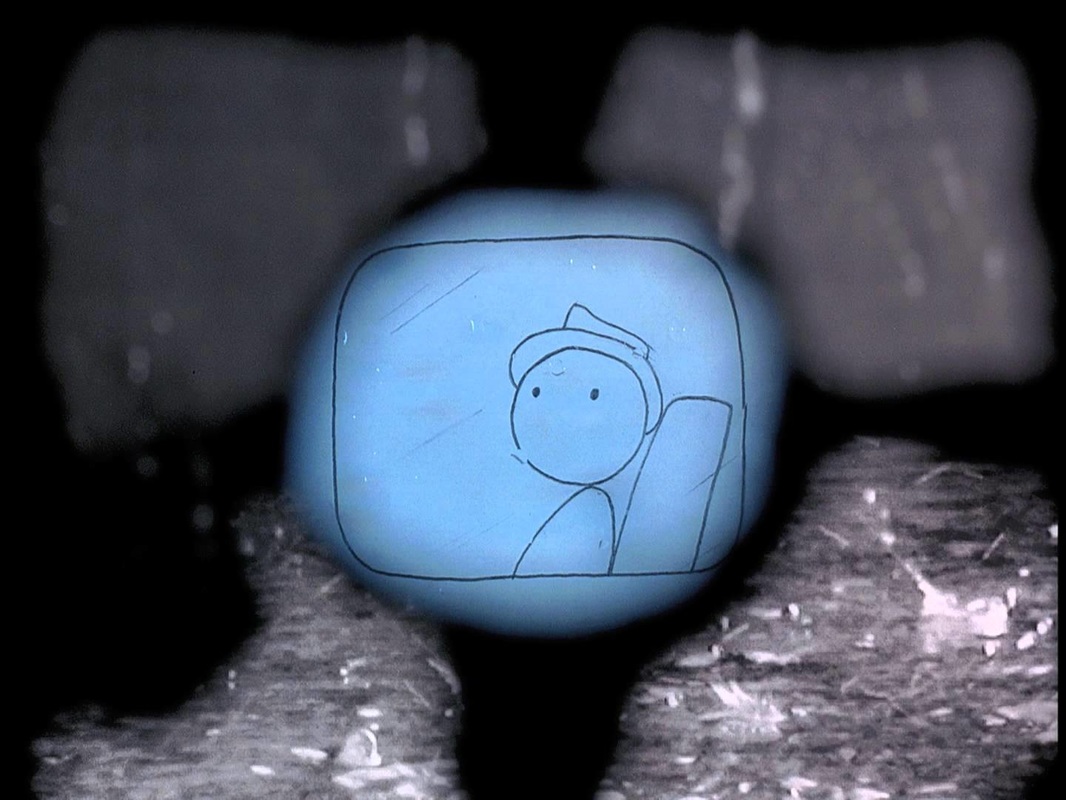
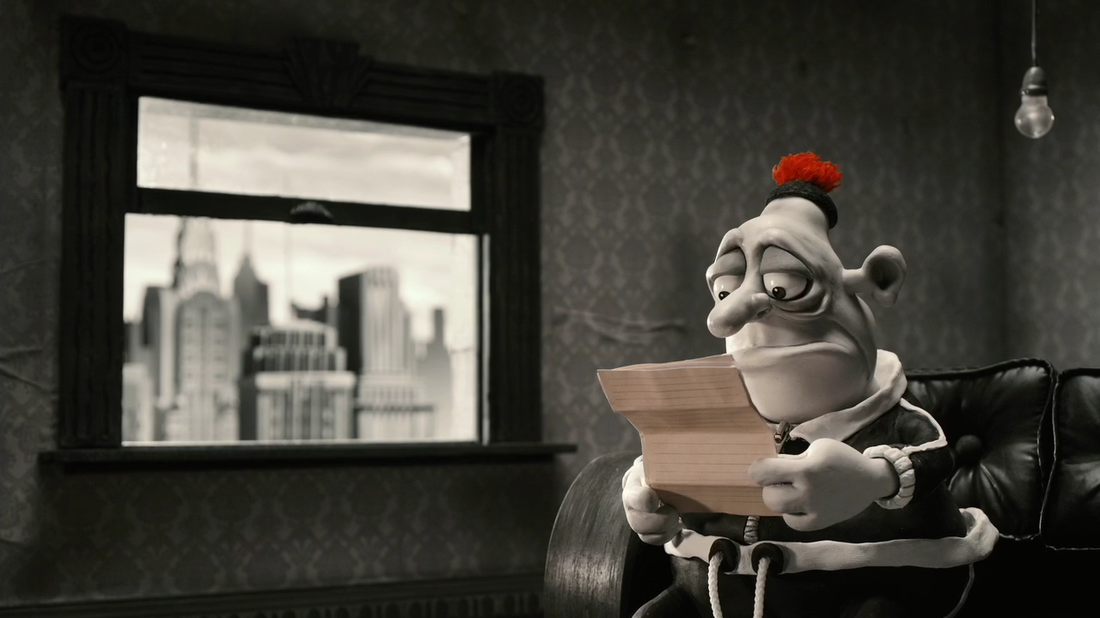

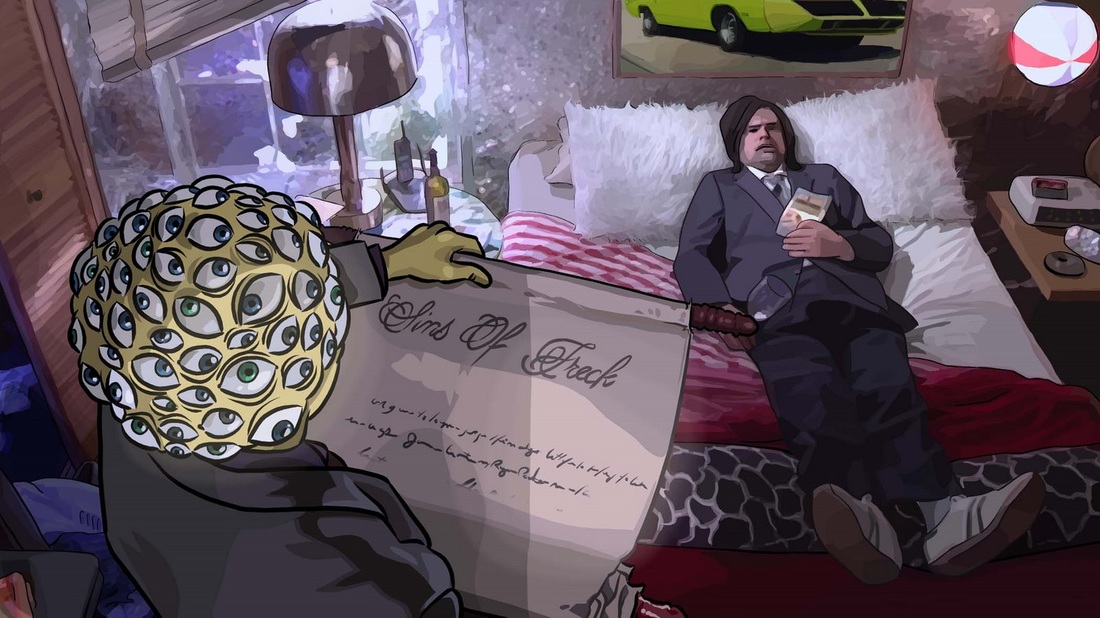
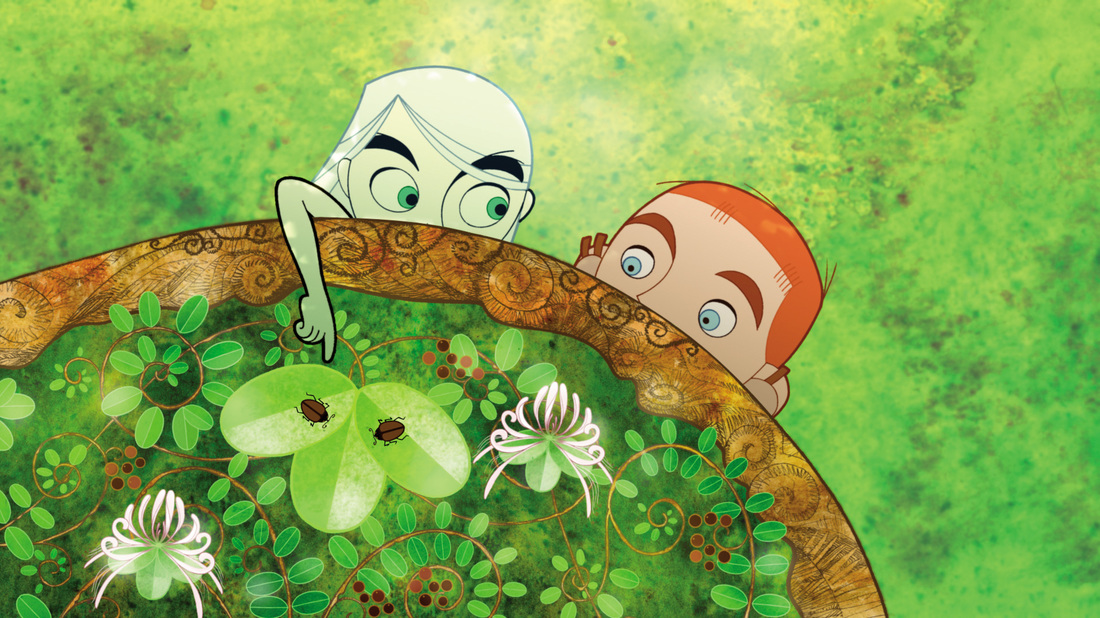
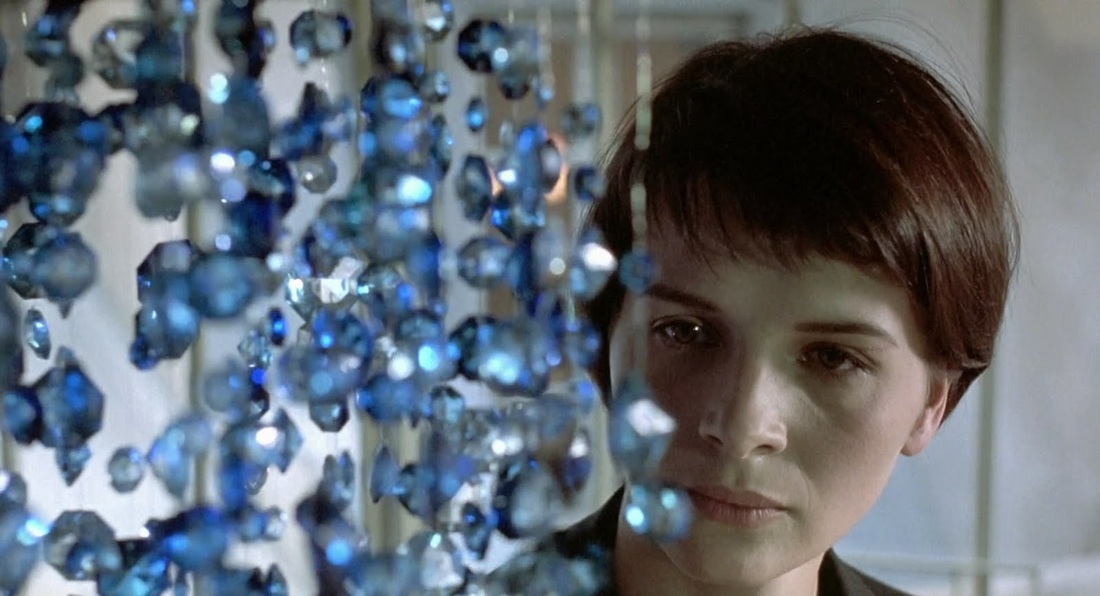
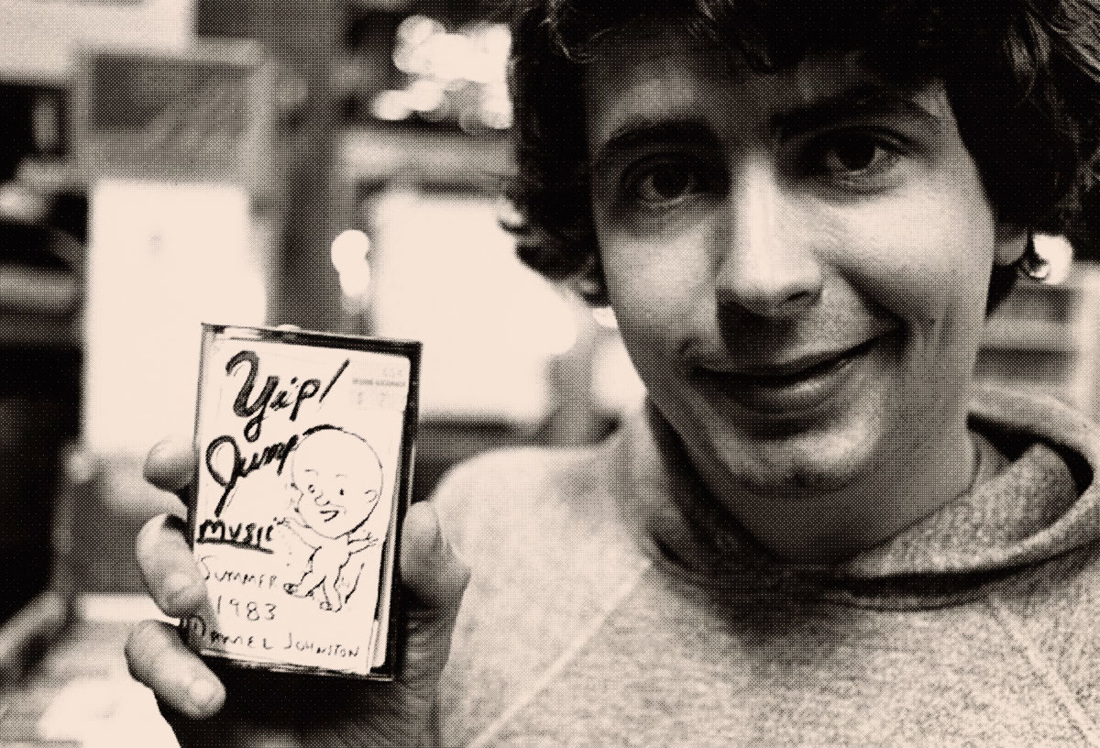
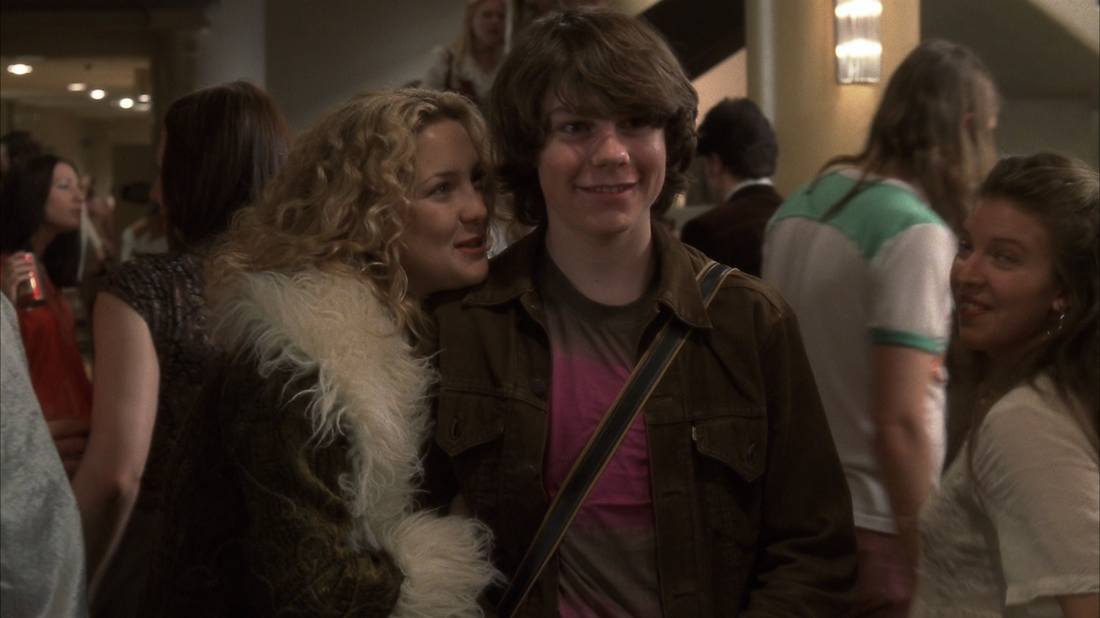

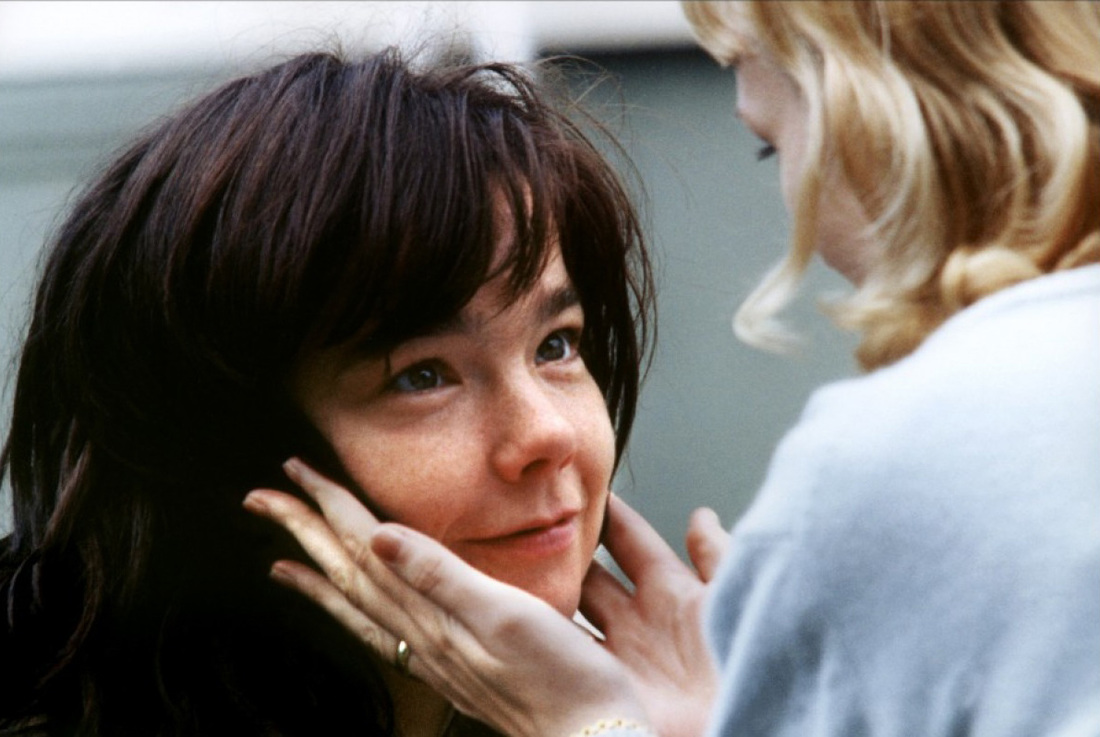
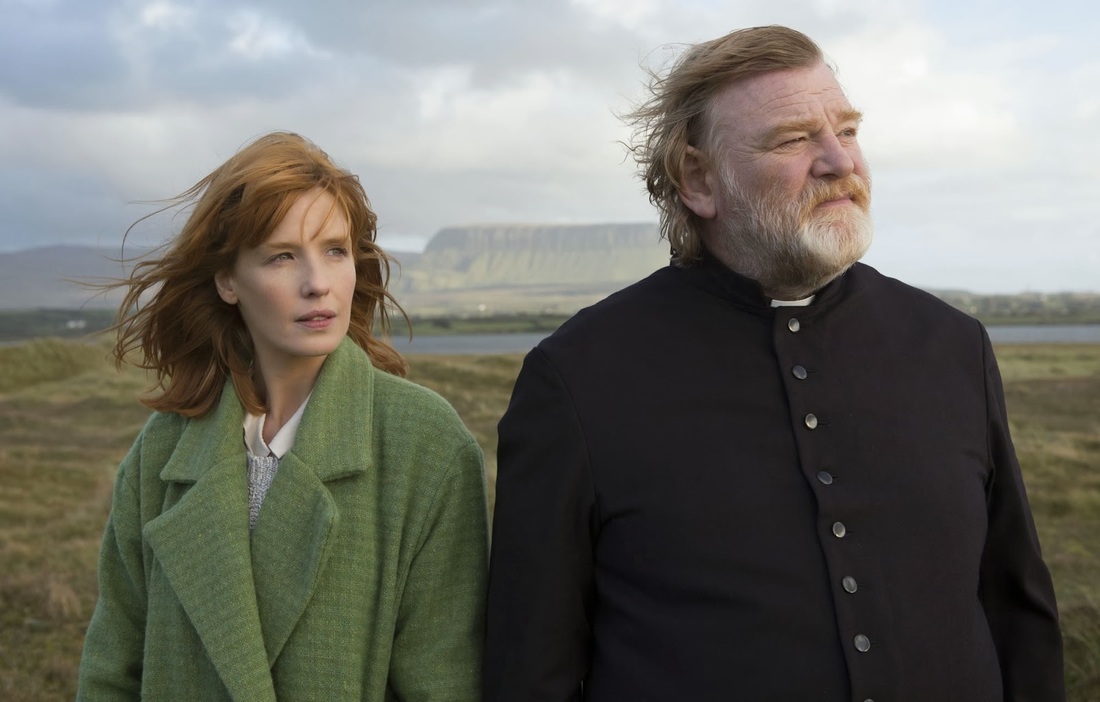
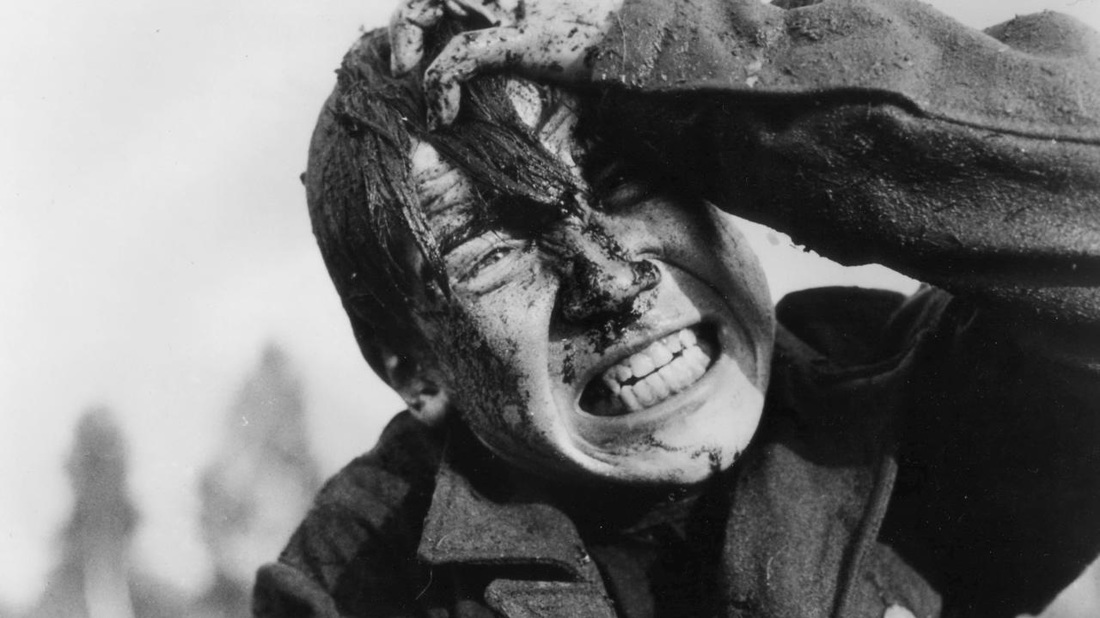
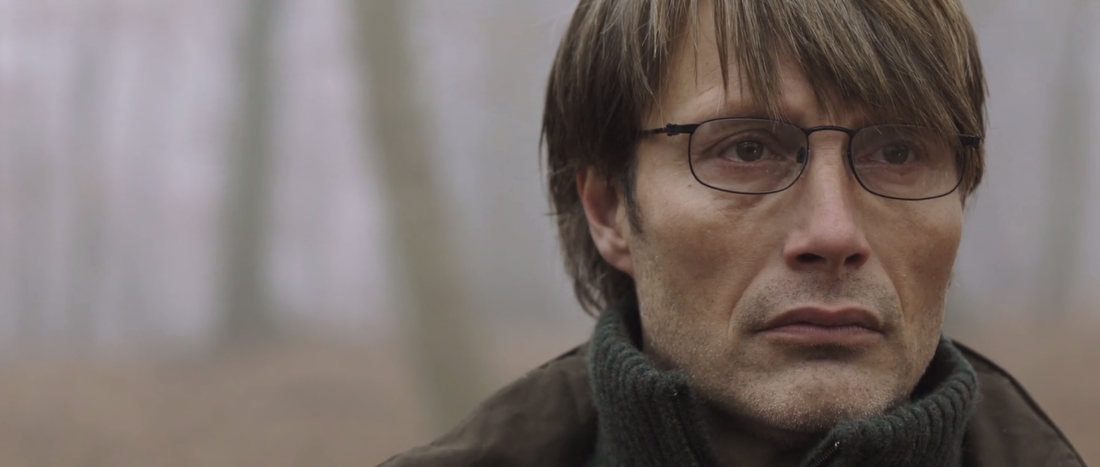
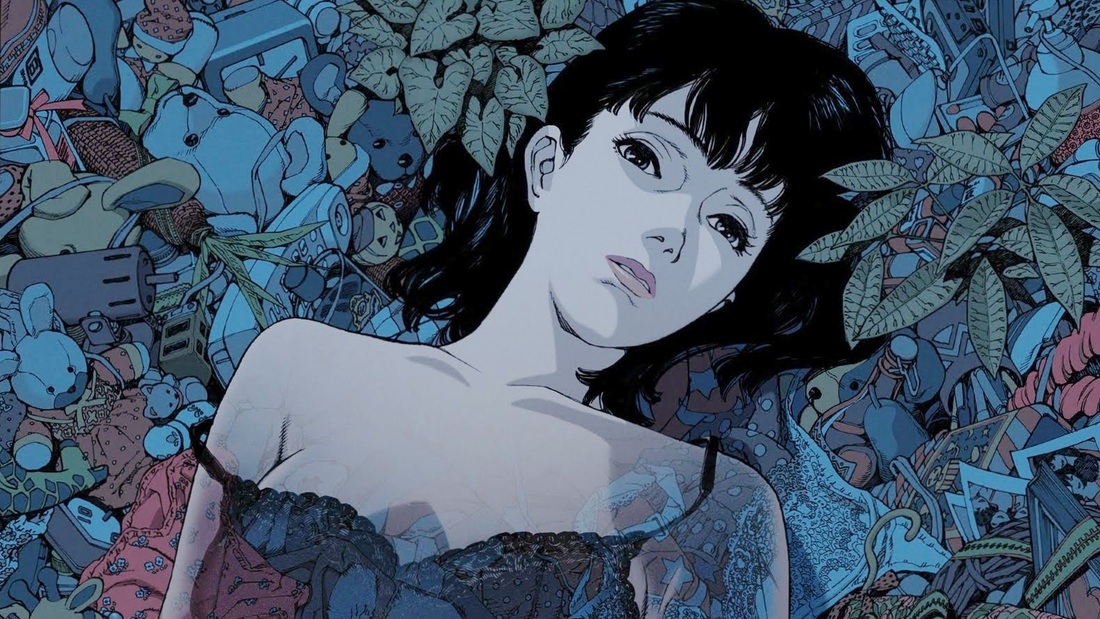
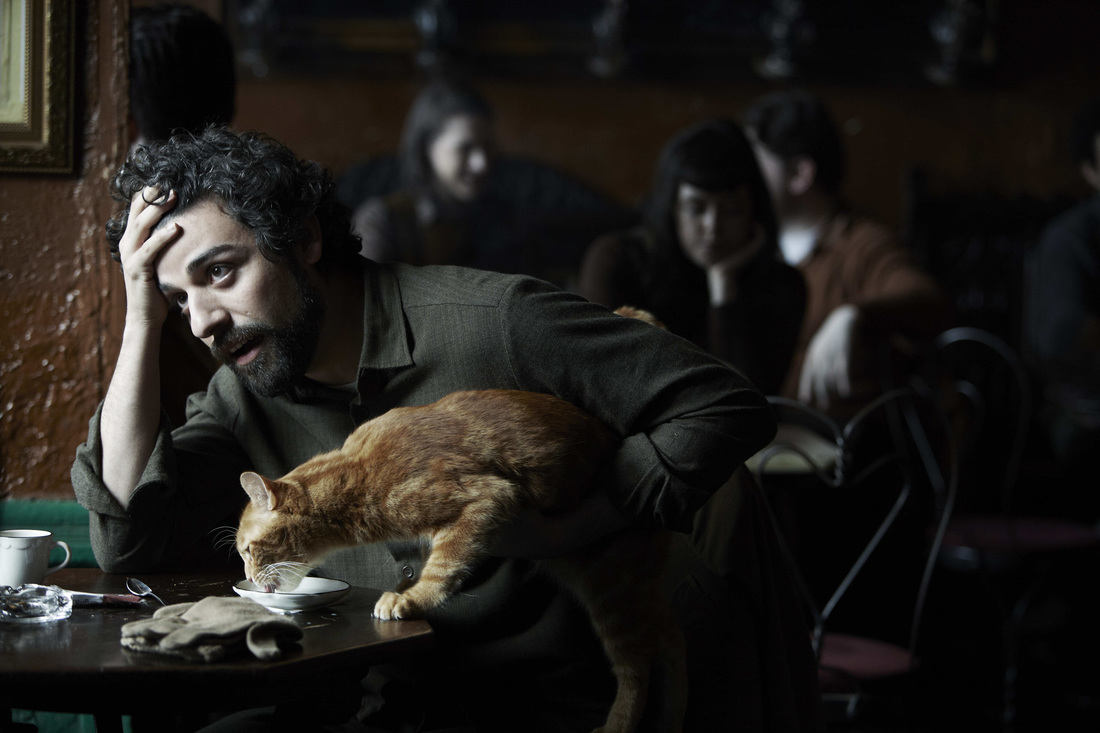
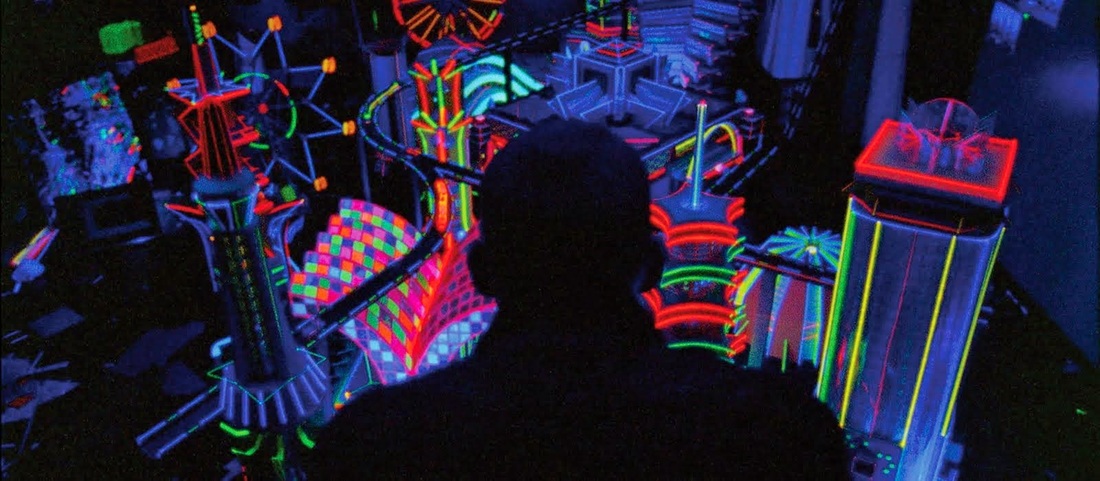
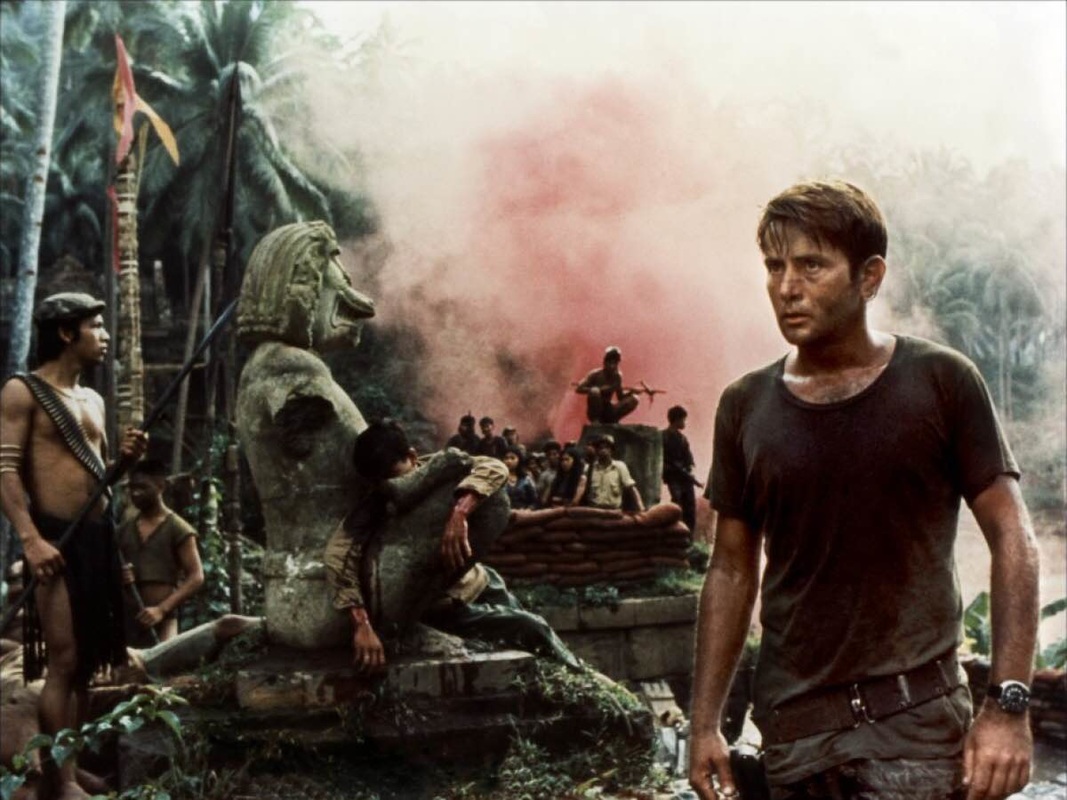
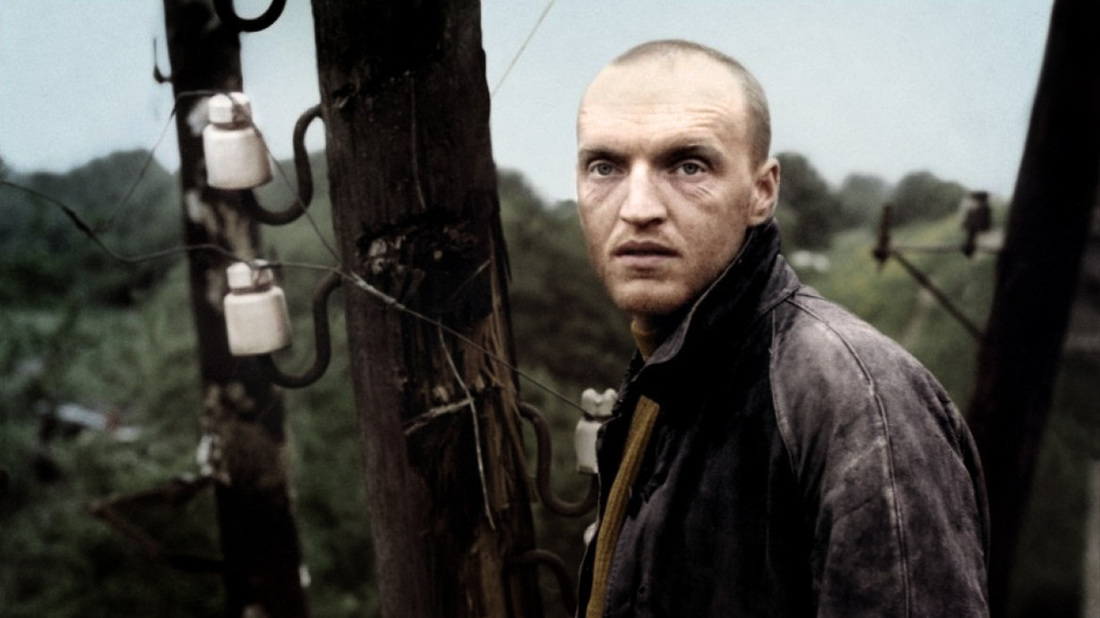
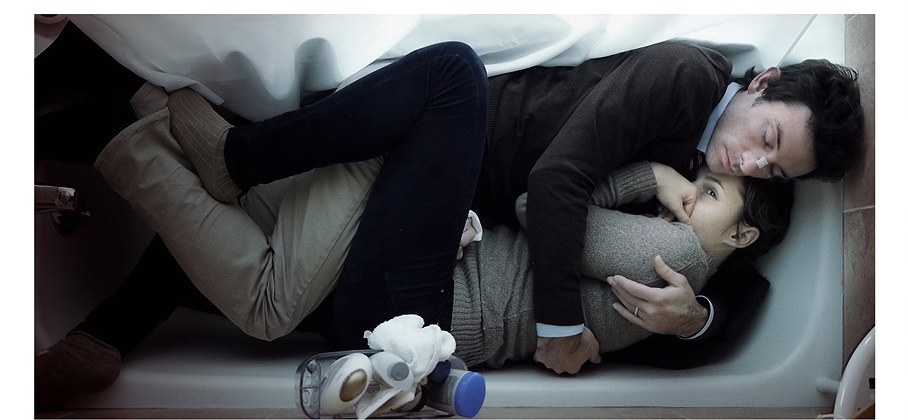
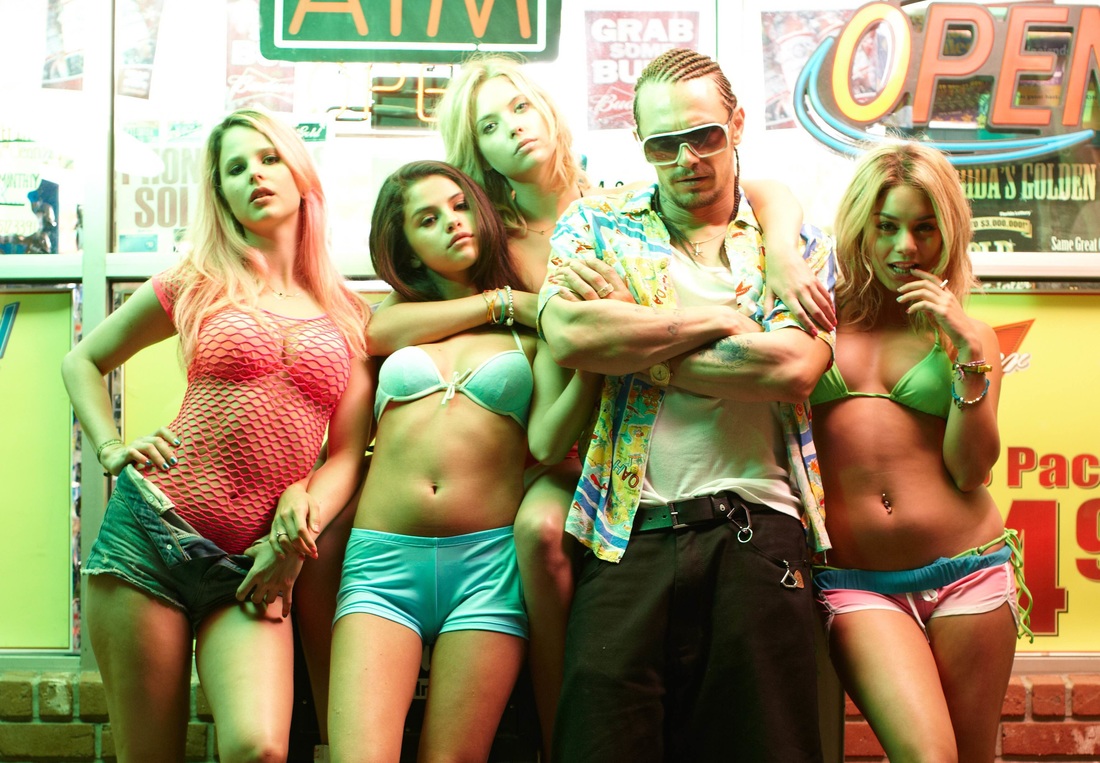
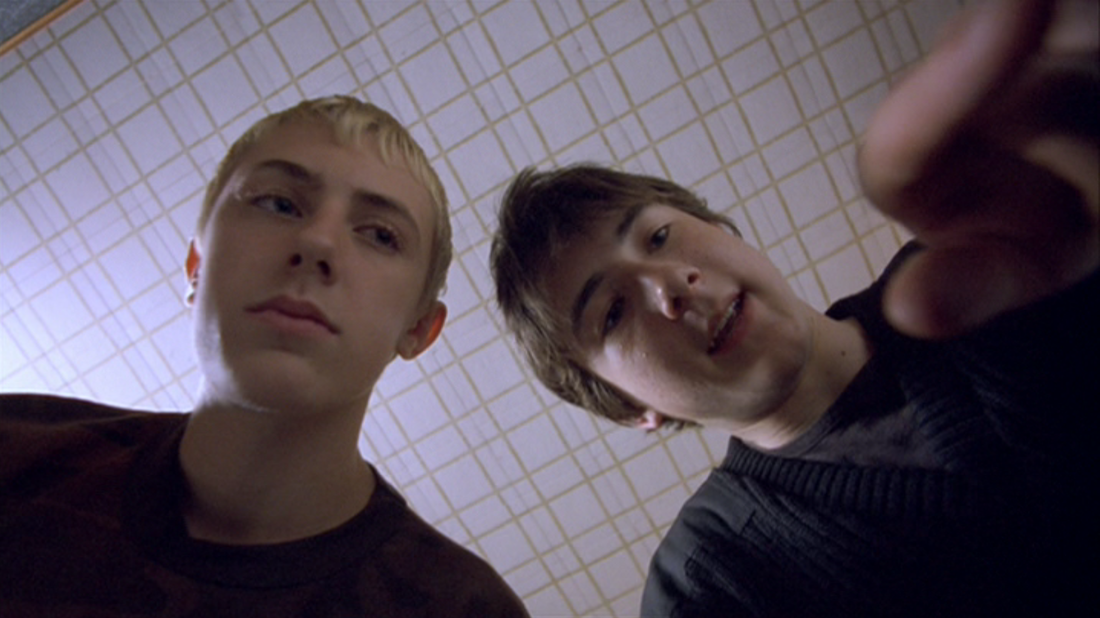
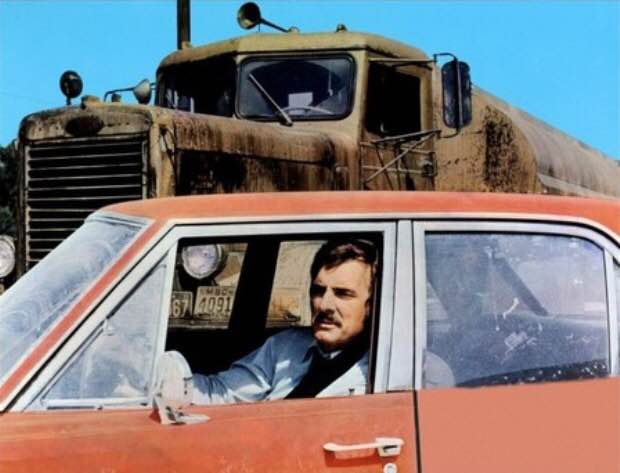

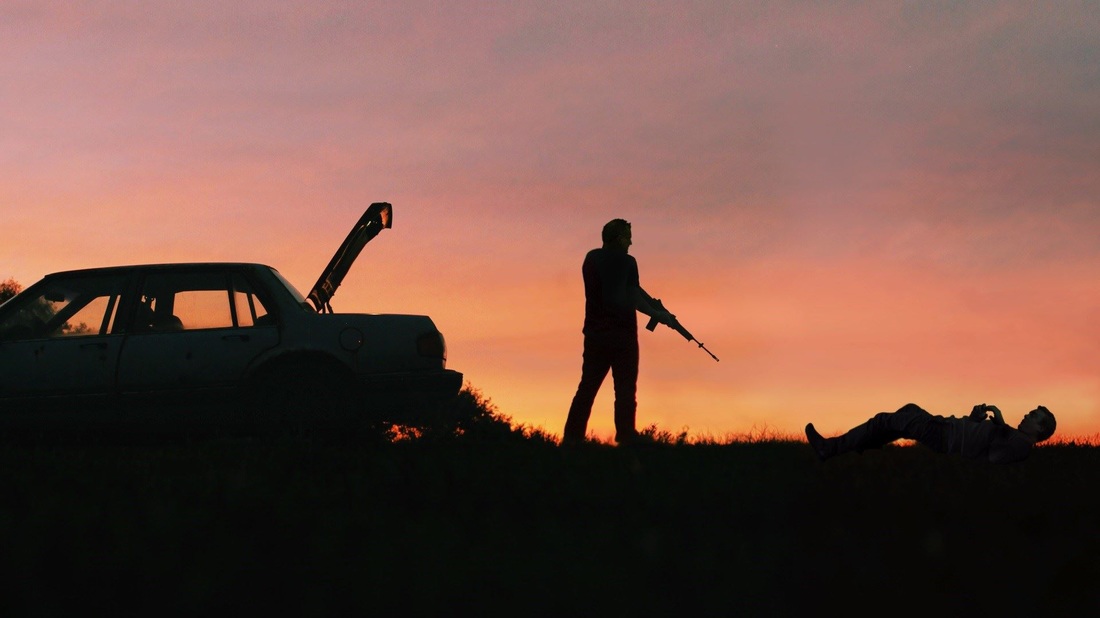
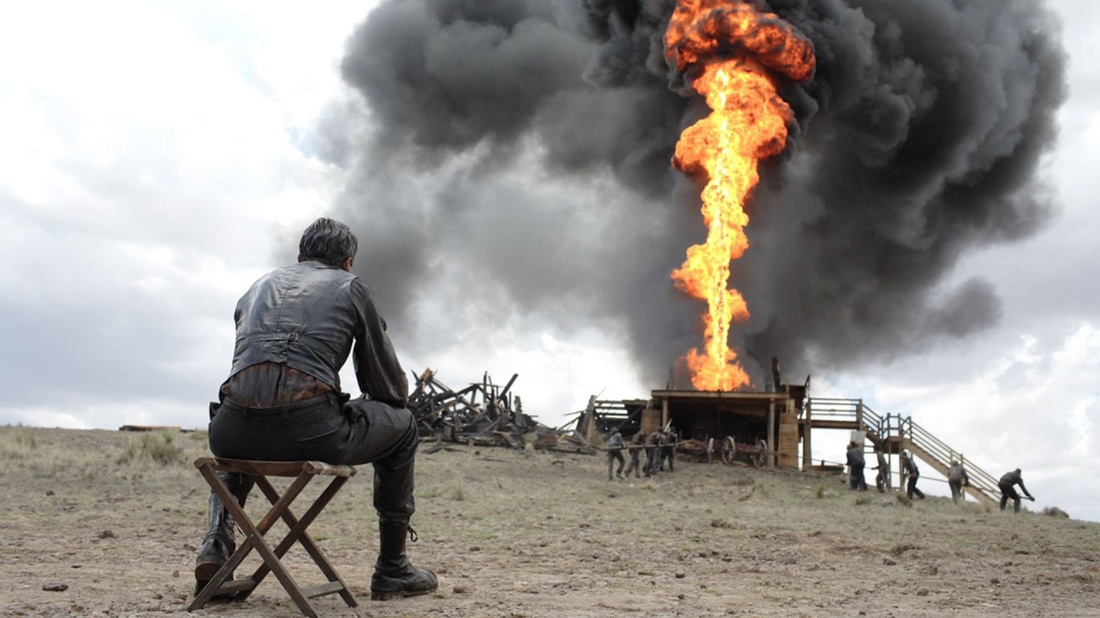
 RSS Feed
RSS Feed
